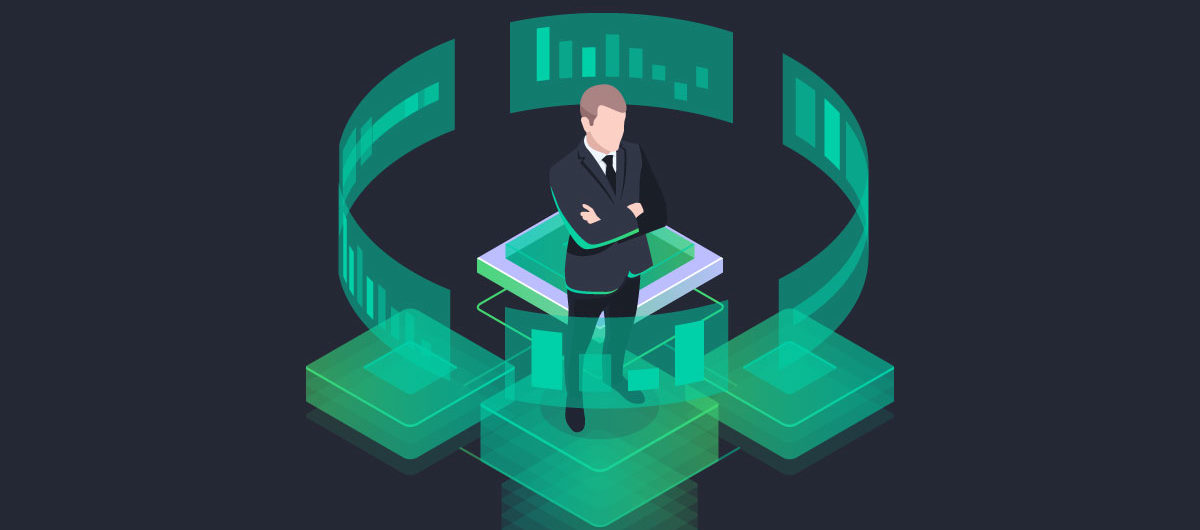DevOps orchestration is a logical and necessary step for any DevOps shop that is in the process of, or has completed, implementing automation. Organizations generally start with a local solution and then, after achieving success, orchestrate their best practices through a technology that unifies connectivity into one solid process. That’s because automation can only go so far in maximizing efficiency, so orchestration in DevOps is needed if you want to take your releases to the next level.
To illustrate this concept, I’m going to discuss DevOps orchestration in general and how practices like DevOps provisioning orchestration and DevOps release orchestration can apply both on-site and in the cloud.
DevOps Orchestration Basics
Referring to an earlier blog, let’s define orchestration in DevOps:
DevOps automation is a process by which a single, repeatable task, such as launching an app or changing a database entry, is made capable of running without human intervention, both on PCs and in the cloud. In comparison, DevOps orchestration is the automation of numerous tasks that run at the same time in a way that minimizes production issues and time to market.
Automation applies to functions that are common to one area, such as launching a web server, or integrating a web app, or changing a database entry. But when all of these functions must work together, DevOps orchestration is required.
DevOps Orchestration Can’t Be Cobbled Together
As we will see, simply applying Jenkins won’t work for orchestration in DevOps because scaling properly requires the comprehensive ability of DevOps provisioning orchestration, DevOps release orchestration, and more. Implementing DevOps orchestration requires a dedication to culture change and proper tools in the same way as DevOps-based automation does.
And don’t forget the database. Vital parts of the DevOps orchestration process, such as DevOps provisioning orchestration, should include the database to avoid serious problems later.
On-Site DevOps Orchestration
Let’s look at one sample case where orchestration in DevOps can help: an enterprise with complex, legacy infrastructure, and new cloud applications. It’s also common to use both database SQL and NoSQL to create wide angles and the option to combine them.
This familiar situation is fraught with problems. In such a setting, it is difficult to migrate repositories, extract databases, deploy non-repository items, and manage outages (which, amazingly, must be included in project planning by such organizations). If downtime is unacceptable, then deployments can easily take days, while updates seldom occur. Such situations also require significant manual intervention, for example, when it comes to updating databases, which can lead to errors and reduced compliance.
In contrast, with DevOps release orchestration, packages are deployed identically to each environment and production downtime is minimized. DevOps orchestration also maximizes availability as DevOps release orchestration going through to production cuts time significantly. Orchestration in DevOps can similarly provide an automated deployment framework which the team uses to execute deployment requests. Furthermore, after implementing DevOps orchestration, it is possible to deliver updates in just minutes and deploy the proper artifacts and configurations for even complex environments.
Cloud Orchestration in DevOps
Now let’s look at DevOps orchestration in a modern cloud environment. As everyone knows, a huge advantage of the cloud is scalability, but a rapid increase in scale might overwhelm a process where only automation has been applied. Using Jenkins in this situation is only a temporary measure for any quickly growing business, as . Lastly, without DevOps orchestration, it might be necessary to shut down systems and/or use the same deployment model, from initial testing to production, for every release.
Orchestration in DevOps for a cloud-based deployment pipeline allows the enterprise to combine development, QA, and production. For instance, DevOps provisioning orchestration includes the provisioning of servers and their components. Similarly, enterprises can employ DevOps release orchestration and bring their output to a whole new level by transferring elements including dev, test, and QA to the cloud with significant cost savings and high scalability. The end result is that specific code handled by a DevOps release orchestration process is rendered in a consistent and repeatable manner for each environment.
Joining the DevOps Orchestration Bandwagon
In sum, initiating DevOps orchestration can have immediately noticeable benefits, such as:
- Rapid release of new features to customers
- Dramatic reduction in deployment time and outages
- Minimal staff involvement in release management
- A new way of approaching DevOps provisioning orchestration – analysts, managers, and QA can select what they want and quickly get a complete environment provisioned at the proper build and configuration levels
But orchestration in DevOps doesn’t happen overnight. DevOps orchestration means a comprehensive organizational change both vertically and horizontally.
One such essential vertical is the database, and that’s where DBmaestro can help. Orchestration of the database is a unique challenge in the world of DevOps, but pays huge dividends in terms of reliability and minimized downtime – perhaps more than any other part of the DevOps release orchestration chain. Contact DBmaestro to get started on this vital aspect of DevOps orchestration.





